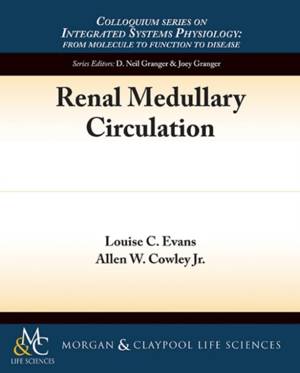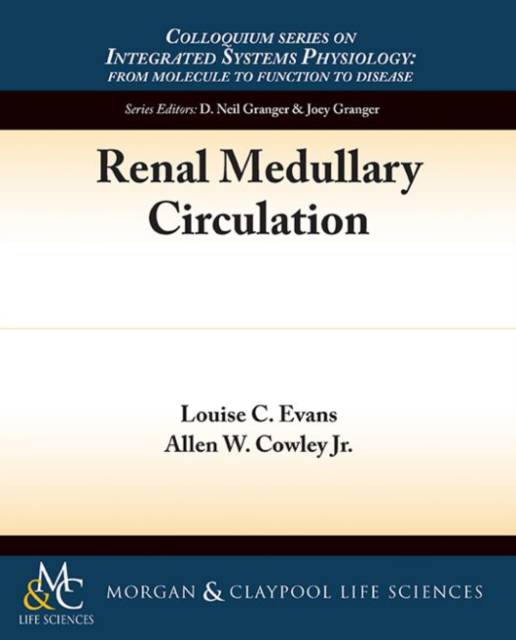
Door een staking bij bpost kan je online bestelling op dit moment iets langer onderweg zijn dan voorzien. Dringend iets nodig? Onze winkels ontvangen jou met open armen!
- Afhalen na 1 uur in een winkel met voorraad
- Gratis thuislevering in België vanaf € 30
- Ruim aanbod met 7 miljoen producten
Door een staking bij bpost kan je online bestelling op dit moment iets langer onderweg zijn dan voorzien. Dringend iets nodig? Onze winkels ontvangen jou met open armen!
- Afhalen na 1 uur in een winkel met voorraad
- Gratis thuislevering in België vanaf € 30
- Ruim aanbod met 7 miljoen producten
Zoeken
Omschrijving
The two kidneys of mammalian organisms receive around 25 % of the cardiac output at rest, of which only 7 % is distributed to the renal medulla. Despite the low blood flow to the renal medulla, small changes in perfusion to the region can have profound effects on urine-concentrating ability and the excretion of sodium, which in turn affects the chronic regulation of body fluid volumes and arterial blood pressure. Importantly, we know that if blood flow to the renal medulla is not tightly regulated, sodium and water homeostasis is impaired and medullary hypoxia develops. The resultant injury inevitably reduces urine concentrating ability and leads to hypertension. This book will discuss the variety of mechanisms that mammalian organisms have developed to ensure that renal medullary blood flow and oxygen levels are precisely regulated. This book will focus on the unique anatomical arrangement of the medullary circulation, the functional roles of medullary blood flow, as well as the experimental techniques used to assess medullary blood flow and the insight that these studies have provided. The hormonal and non-hormonal control of medullary blood flow will be considered and finally the impact of reduced medullary blood flow on blood pressure is discussed.
Specificaties
Betrokkenen
- Auteur(s):
- Uitgeverij:
Inhoud
- Aantal bladzijden:
- 104
- Taal:
- Engels
- Reeks:
Eigenschappen
- Productcode (EAN):
- 9781615042289
- Verschijningsdatum:
- 1/08/2015
- Uitvoering:
- Paperback
- Formaat:
- Trade paperback (VS)
- Afmetingen:
- 190 mm x 235 mm
- Gewicht:
- 195 g

Alleen bij Standaard Boekhandel
+ 82 punten op je klantenkaart van Standaard Boekhandel
Beoordelingen
We publiceren alleen reviews die voldoen aan de voorwaarden voor reviews. Bekijk onze voorwaarden voor reviews.











